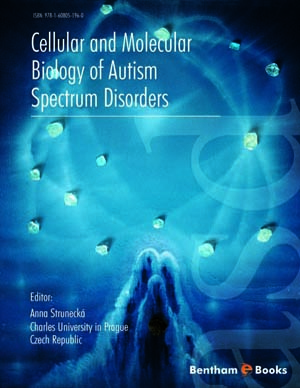Abstract
The discoveries of novel sites of oxytocin receptor (OTR) expression in central nervous system have greatly expanded the classical biological roles of oxytocin (OT), which are stimulation of uterine smooth muscle contraction at parturition and milk ejection during lactation. Central actions of OT range from the modulation of the response on individual synapses to the establishment of complex social and bonding behaviors. While there are currently no animal models reflecting the broad range of the autism spectrum disorders (ASD) behavioral and neurological phenotypes, studies of vole pair bonding and sexual behavior provided important clues useful for understanding the neurobiological mechanisms of social behavior. It has been suggested that OT dysfunction might contribute to the development of social deficits in autism, a core symptom domain and potential target for intervention. The intranasal administration of OT has been reported to reduce repetitive behaviors in adult patients with ASD. The studies of the possible role of OT in ASD etiology have raised interest but also brought some contradictory findings. Though there are preliminary promising findings with OT intranasal delivery in autistic adults, further studies are needed to replicate these findings on a large scale. Studies concerning the safety of these potential treatments are needed as well.






















